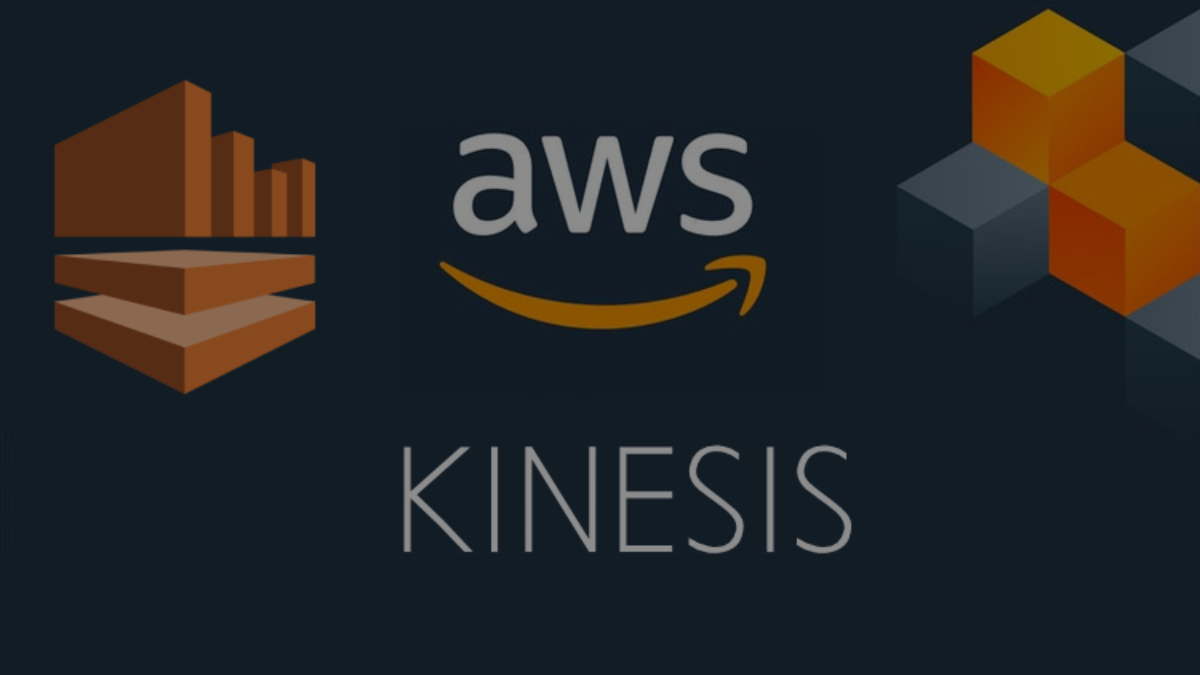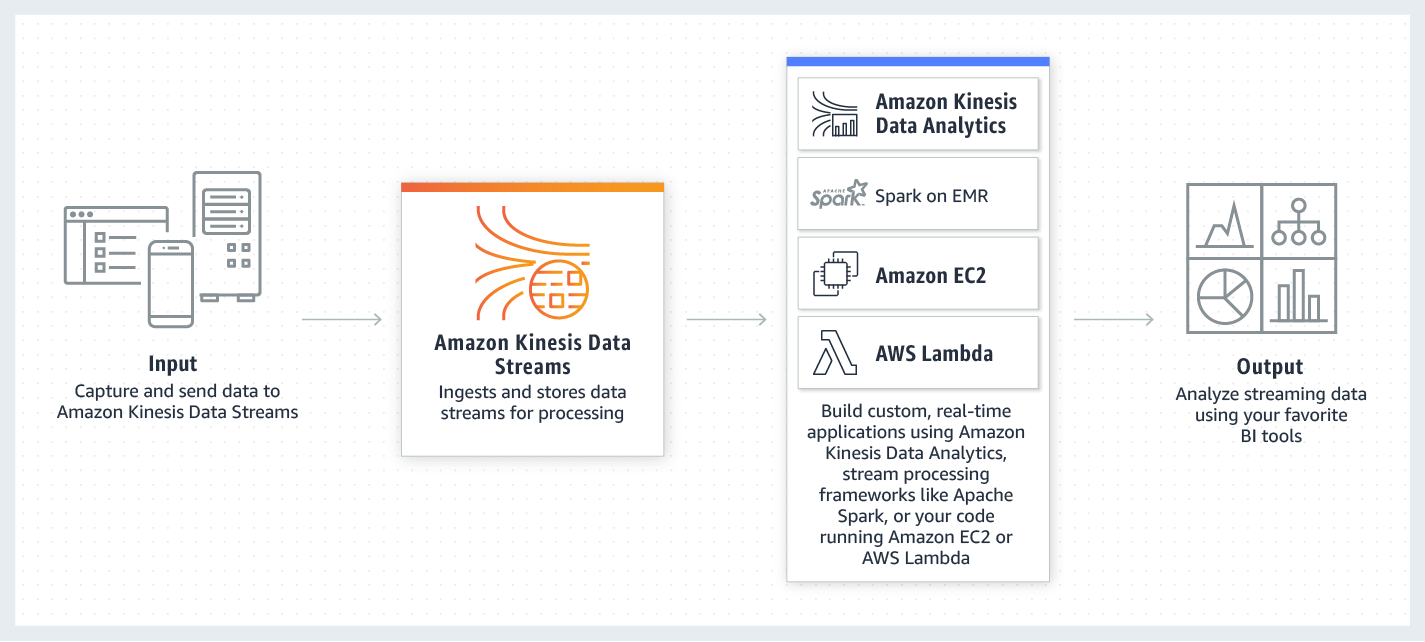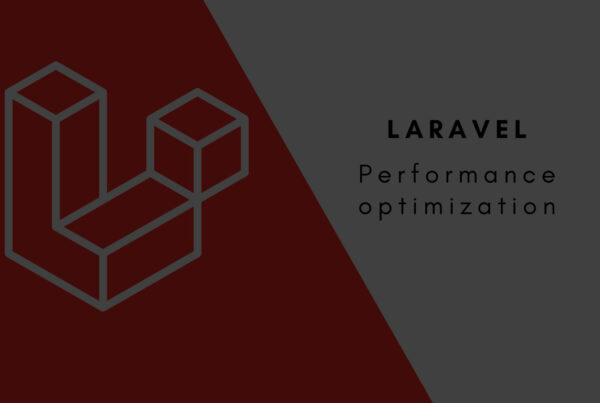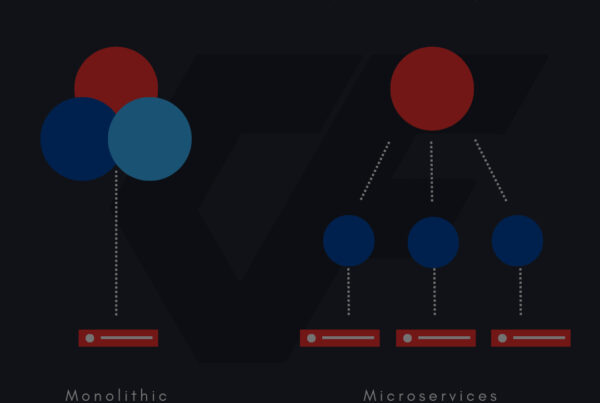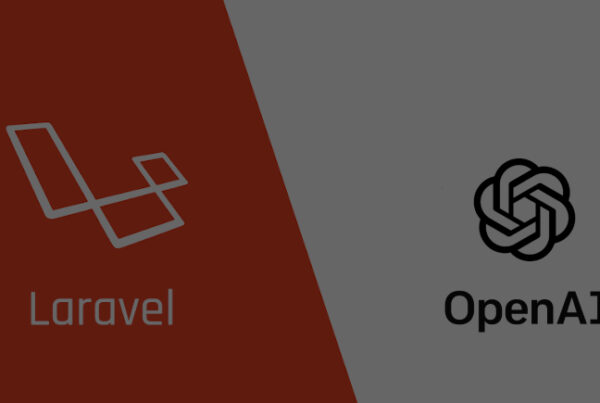Hello Folks, in this blog, we will explore the basics of Amazon Kinesis, including its features and benefits, and show you how you can use Kinesis to process and analyze real-time data streams. Whether you’re new to Kinesis or already familiar with it, this blog will provide you with the information you need to get started with this powerful real-time data streaming service.
In today’s fast-paced business environment, companies are generating and collecting massive amounts of data every day. This data can come from a variety of sources, including website clickstreams, social media posts, IoT devices, and more. To stay ahead of the competition, businesses need to be able to quickly process, analyze, and make decisions based on this real-time data. This is where Amazon Kinesis comes in. Kinesis is a fully managed, real-time data streaming service offered by Amazon Web Services (AWS) that provides businesses with the ability to collect, process, and analyze real-time data streams from various sources in real-time.
What is kinesis ?
Amazon Kinesis is a fully managed, real-time data streaming service provided by Amazon Web Services (AWS). It enables you to ingest, process, and analyze high volumes of streaming data in real time, so you can build custom applications that process real-time data streams.
Kinesis makes it easy to collect, process, and analyze streaming data from various sources, such as website clickstreams, financial transactions, social media feeds, and logs from cloud-based and on-premises applications. With Kinesis, you can process and analyze streaming data in real-time and gain insights in seconds, rather than hours or days.
Some common use cases for Amazon Kinesis include real-time data analytics, log and data stream processing, IoT data streams, real-time data processing for adtech, and financial data analysis.
How kinesis works ?
Amazon Kinesis works by allowing you to ingest, store, and process real-time data streams at scale. Here’s a high-level overview of how it works:
- Data Ingestion: Kinesis allows you to ingest real-time data streams from various sources, such as IoT devices, mobile devices, and application logs. The data is sent to Kinesis in small chunks called records.
- Data Storage: Kinesis stores the incoming data records in shards, which are units of parallelism in a Kinesis stream. Each shard can ingest and store up to 1 MB of data per second. The data stored in shards is available for 24 hours by default, but you can increase the retention period to up to 7 days.
- Data Processing: Kinesis provides several options for processing the data stored in shards, such as Kinesis Data Streams, Kinesis Data Firehose, and Kinesis Data Analytics. You can choose the option that best fits your use case.
- Data Analysis: Kinesis enables you to analyze the data in real-time, so you can make informed decisions and take actions based on the data. You can use tools such as Amazon QuickSight, Amazon Redshift, and Amazon Athena to perform data analysis.
- Data Output: Kinesis provides several options for outputting the processed data, such as Kinesis Data Firehose, which can deliver the data to data stores such as Amazon S3, Amazon Redshift, and Amazon Elasticsearch.
Overall, Amazon Kinesis provides a scalable, highly available, and cost-effective solution for ingesting, processing, and analyzing real-time data streams.
Real life example of usage of kinesis
Here are some real-life examples of how Amazon Kinesis is being used in various industries:
- Healthcare: Kinesis is used in healthcare to process real-time patient data from wearable devices and medical equipment. This data can be used to monitor patient health, diagnose conditions, and predict potential health issues.
- Financial Services: Kinesis is used in the financial services industry to process and analyze real-time financial transactions, such as stock trades and credit card transactions. This enables financial institutions to detect fraudulent activities, prevent financial losses, and provide better customer experiences.
- AdTech: Kinesis is used in the ad tech industry to process real-time data from various sources, such as website clicks and user interactions. This data is used to personalize ad experiences and provide real-time bidding and optimization.
- IoT: Kinesis is used in the Internet of Things (IoT) industry to process real-time data from IoT devices, such as sensors, smart home devices, and industrial equipment. This data is used to monitor and control devices, optimize resource usage, and prevent downtime.
- Retail: Kinesis is used in the retail industry to process real-time data from point-of-sale systems, online shopping carts, and customer interactions. This data is used to provide real-time inventory management, personalized promotions, and real-time fraud detection.
These are just a few examples of how Amazon Kinesis is being used in real-life scenarios. With its ability to process and analyze real-time data streams at scale, Kinesis has the potential to revolutionize many industries and help organizations make informed decisions and take actions in real-time.
How we can integrate kinesis with laravel ?
To integrate Amazon Kinesis with Laravel, you can use the AWS SDK for PHP. Here’s a high-level overview of the steps involved in integrating Kinesis with Laravel:
- Install the AWS SDK for PHP: You can install the AWS SDK for PHP using composer. Simply run the following command in your Laravel project: composer require aws/aws-sdk-php.
- Configure AWS credentials: You will need to configure your AWS credentials in Laravel, so that the SDK can access your AWS account and interact with Kinesis. You can do this by updating the .env file in your Laravel project with your AWS Access Key ID and Secret Access Key.
- Create a Kinesis Stream: To use Kinesis with Laravel, you first need to create a Kinesis stream in your AWS account. You can do this using the AWS Management Console, AWS CLI, or AWS SDK for PHP.
- Ingest Data into Kinesis: Once you have created a Kinesis stream, you can start ingesting data into it. In Laravel, you can use the AWS SDK for PHP to send data to Kinesis in the form of records.
- Process Data in Kinesis: Kinesis provides several options for processing the data stored in shards, such as Kinesis Data Streams, Kinesis Data Firehose, and Kinesis Data Analytics. You can choose the option that best fits your use case and process the data stored in Kinesis.
- Output Data from Kinesis: You can use Kinesis Data Firehose to deliver the processed data to data stores such as Amazon S3, Amazon Redshift, and Amazon Elasticsearch. In Laravel, you can use the AWS SDK for PHP to retrieve the data from Kinesis and output it to the desired data store.
Overall, integrating Amazon Kinesis with Laravel requires a basic understanding of the AWS SDK for PHP and the steps involved in ingesting, processing, and outputting data from Kinesis. With the help of the AWS SDK, you can easily integrate Kinesis with Laravel and build real-time data processing applications.


